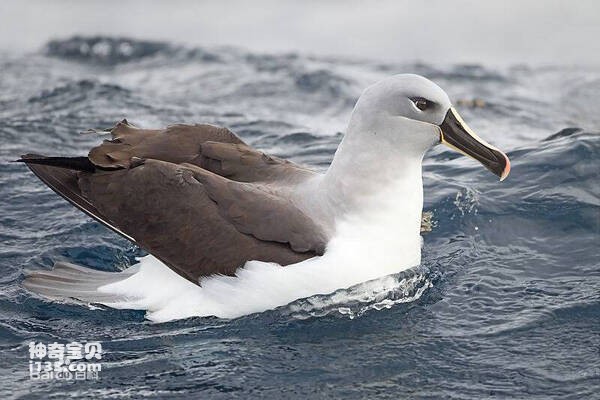Diomedea epomophora
IUCN
LCBasic Information
Scientific classification
- name:Diomedea epomophora
- Scientific Name:Diomedea epomophora,Royal Albatross
- Outline:Waterfowl
- Family:
Vital signs
- length:110-135CM
- Weight:7-8kg
- lifetime:20-30 years
Feature
It can fly thousands of miles in a day, which is considered the champion of flight among birds, and has a record of flying around the world
Distribution and Habitat
It is found in South America (including Colombia, Venezuela, Guyana, Suriname, Ecuador, Peru, Bolivia, Paraguay, Brazil, Chile, Argentina, Uruguay, and the Malvinas Islands (also known as the Falkland Islands), Australia, and New Zealand (including Australia, New Zealand, Tasmania, and nearby islands). The Antarctic region (including the Antarctic continent, the Antarctic Peninsula, and several islands such as the South Shetland Islands and South Georgia).
Appearance
Body length 110 ~ 135cm; Wing to 250 ~ 350cm. White feathers, dark wingtips; The female is white with dark eyebrows, back, front wings and tail, and is one of the largest birds.
Details
The Royal Albatross, Diomedea epomophora, is a large seabird.

Cuttlefish, fish, shrimp and crabs are the most important food for albatross, and the leftovers abandoned by sea liners (such as dead fish, animal organs, etc.) are also extremely fond of. So, they are always following the ship, sometimes up to the clouds to catch aerial targets, and sometimes close to the towering waves, diving to hunt food.
The chicks get digested fat and semi-digested food from their parents. After five months of careful rearing, the chicks grow solid feathers and can live an independent life in the wind and waves. Young birds start breeding when they are 5 to 8 years old and generally live for 20 to 30 years.

Ornithologists estimate that at least 10 million albatrosses have been killed in just 50 years and have become extinct in many seas. In 1960, at the International Bird Conservation Conference held in Tokyo, Japan, the albatross was listed as an internationally protected bird.
Protect wild animals and eliminate wild meat.
Maintaining ecological balance is everyone's responsibility!








